A query is often referred to as the "doorway to innovation," and innovation is an element that characterizes human evolution. As the world moves closer to being a truly global hub, certain concepts become obsolete, while others must be reinvented to remain relevant and progressive in the coming years.
What is AdTech?
Adtech is short for “Advertisement Technology.” It is a term used to describe a suite of tools, software, and technology employed by various advertising agencies and brands to manage their digital marketing campaigns, evaluate their effectiveness, and reach their target audiences and demographics. Programmatic advertising, Omnichannel marketing, Demand-side platforms (DSP), Supply-side platforms (SSP), Ad servers, Data management platforms, and Agency trading desks are components of the industry that constitute an ecosystem of content creators, publishers, brands, agencies, and audiences.
While this post will not go over each component individually, in general, programmatic advertising involves the purchase of specific demographics and behavioral patterns, Omnichannel marketing reaches audiences across multiple channels, data management platforms collect and manage data, DSPs are used by advertisers to buy ad impressions from ad exchanges for the lowest price, and SSPs are used by publishers to connect with multiple DSPs.
Adtech encompasses all these processes and technologies that are put in place to guarantee that the intended users are aware of the availability of a specific product or service. Marketing and advertising efforts have shifted to more digital methods rather than the traditional usage of television, radio stations, and newspapers. This move was accompanied by more sophisticated processes, increased data collecting, and an increased number of parties seeking to buy and offer Adtech services. Unlike traditional techniques, AdTech provides the opportunity to monitor marketing campaigns and use finances efficiently because they now know how much would provide the optimum reach to customers.
Key Issues Concerning AdTech
The global digital advertising and marketing sector is pretty huge, with an estimated $780 billion worth, of which about 35 percent is ascribed to the United States, and 90 percent of the total advertising efforts and costs are currently focused on Adtech. The COVID-19 pandemic, which was accompanied by widespread lockdowns across the globe, caused a boom in the sector's numbers. People started spending more time at home, on their devices, and online, which increased average screen time and improved overall advertising sales.
While this fast-growing industry has provided many benefits — broader target reach, AI personalized Ads, effective ad campaigns, and opportunities — mobile Adtech and video Adtech, the market that was intended to make marketing easier and save users time as well as money, have been experiencing many recurring challenges that have been a source of limitation.
Bots and Fraud
Bots account for approximately 40 percent of the industry's total revenue, and a growing number of ad refunds are being issued as a result of fraudulent entries and unperformed or underperforming advertising campaigns.
Brand Personality
Brands that use third-party ad agencies, such as social media accounts or websites, often have ads that don't reflect their interests or go against their audience's ethics or personality contained in their content. This typically leads to lower engagements and fewer followers who stick around because they come for one type of content and are greeted with another type of ad.
Centralization
The industry has been taken over by centralized bodies, the primary objectives of which are the collection of data and the generation of profits. These objectives will invariably take precedence over the requirement for a fair economy in which there is transparency and everyone who participates benefits.
Customer Utility
The market's total worth is ultimately generated from the pockets of users who have their privacy invaded for behavioral patterns, sit through undesired and irrelevant ads with their resources and data, and are not compensated for any of these contributions.
A Web3 Solution
In this new iteration of the internet, centralized bodies are being decentralized, transparency is being promoted, data is actually being owned by the people who use it and reward systems are being disseminated across a wide variety of sectors. Experts have been gaining insight into how web3 can improve the marketing landscape and how existing restrictions can be alleviated with emerging technology.
Publishers will be able to trade directly with advertisers without the need for intermediaries under a web3-powered Adtech, and brands will have access to real people from the intended demographic rather than bots or misclassified ad-focused groups. The focus of web3 will not be on large databases acquired mostly as a result of service providers infringing on user privacy, but on storing data individually on the blockchain, rendering insecure methods such as third-party cookies unnecessary.
These ideas are not mere projections into the future of web3 advertising, but rather maturing rhetoric that is already evident in several projects that are using blockchain solutions to benefit publishers, advertisers, target audiences, and all parties in between. Verasity is one such example since this project aims to tackle the bot problem by creating a new consensus mechanism, among many other use-cases.

What is Verasity?
Verasity is a decentralized video network that provides rewards for content creators, publishers, and viewers while maximizing advertising revenue and preventing fraud. The company is confident that blockchain will clean up Adtech through mechanisms such as "Proof-of-view (POV)," a Verasity-developed system that records and validates blockchain entries. This mechanism, paired with the use of artificial intelligence, is used to detect bots and fraudulent ad traffic that wastes billions of dollars in advertising by brands and advertisers. Proof-of-view (POV) is used by the company in their blockchain-powered ad stack, VeraViews, a protocol that records authentic content engagement and stores ad data on a public ledger that cannot be manipulated or altered. As a result of this, publishers will be able to increase and maximize their advertising revenue and exposure as well as create transparency, while mitigating against wasteful spending and ad-related fraudulent activities.
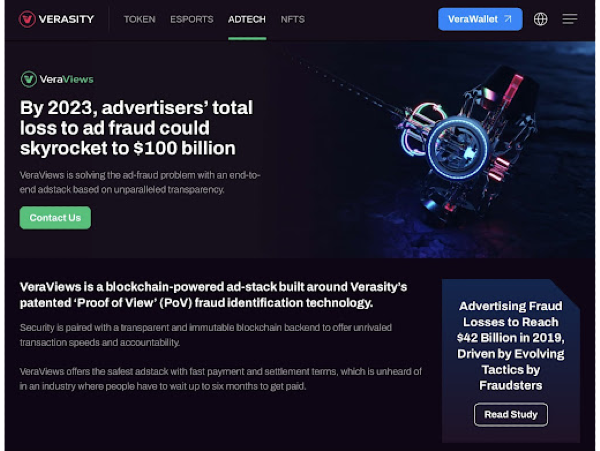
Furthermore, Verasity provides a framework for video publishers and producers to boost their audience's video engagement by compensating viewers for watching their content using the platform's incentive economy and native token, $VRA. This advantage places Verasity in the watch-to-earn sector and allows viewers to receive rewards for watching videos and contributing to the advertising industry. Since Verasity offers interoperability services via SDK integration, developers can integrate this reward system into their content or on video publication platforms, and viewers can earn while retaining their video platform preferences. Using $VRA as a medium of exchange, the platform enables the payment of video content creators, brands, and advertisers, and a reward system for viewers who watch and engage with video content and advertisements.

Users who want to come on board can store their $VRA tokens in the Vera Wallet and enjoy smoother platform transactions as well as supported crypto and non-crypto payment options that are available. Finally, users can stake a minimum of 10,000 $VRA tokens to earn more rewards on the Verasity platform.
Read Also: Gas Fees: Everything You Need To Know
The Future of Web3 AdTech
The future of Adtech under this ongoing integration is very promising, and while it is not without its own set of challenges, it holds the key to unlocking many facets of utility within the sector that were previously deemed to be unexplorable. Experts believe that in this new age of advertising, publishers will have to put in more effort to attract and sustain viewers' interest if they want the best outcomes.
Storing your cryptocurrencies in online wallets, exchanges and software wallets exposes you to risks of being hacked. Consider storing them in a hardware wallet today


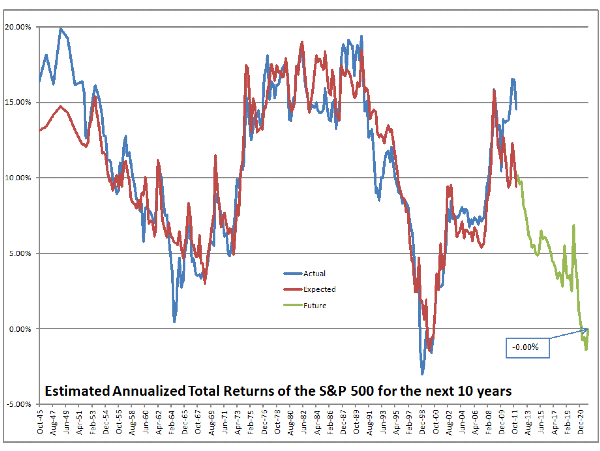
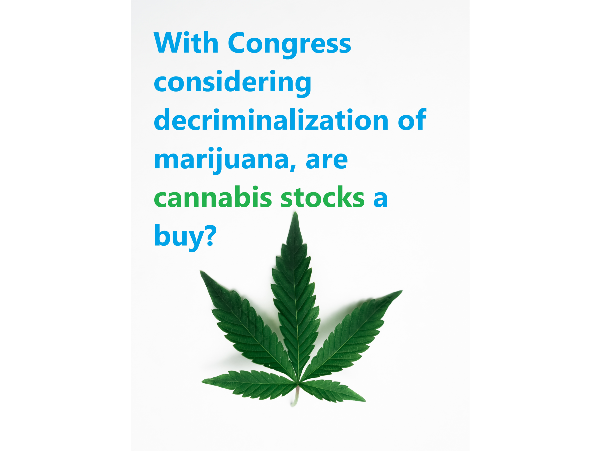
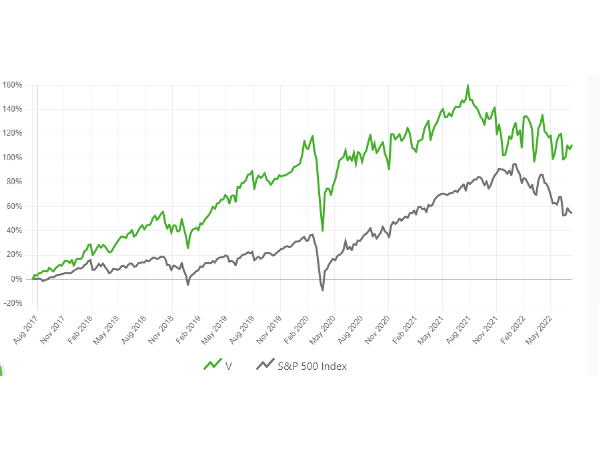


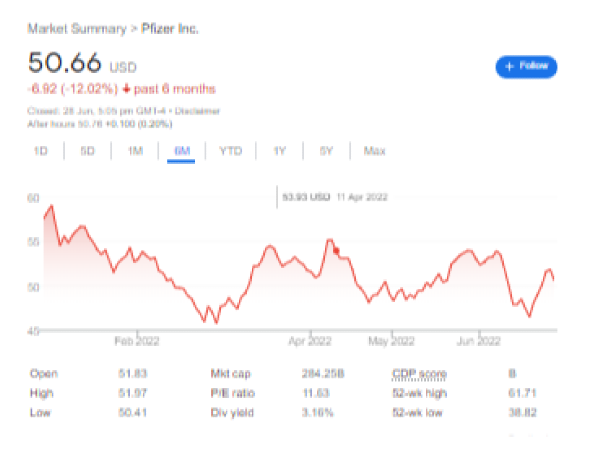
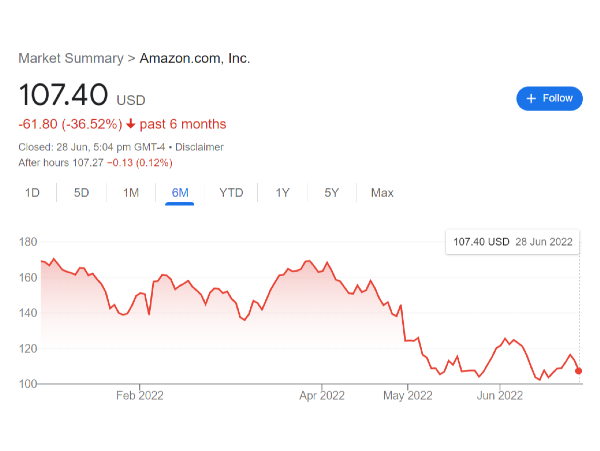



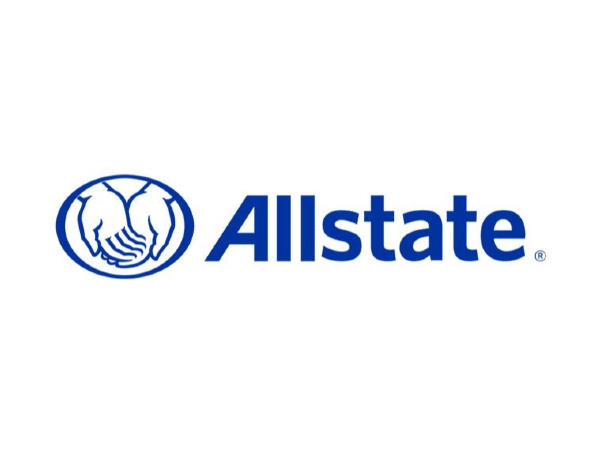
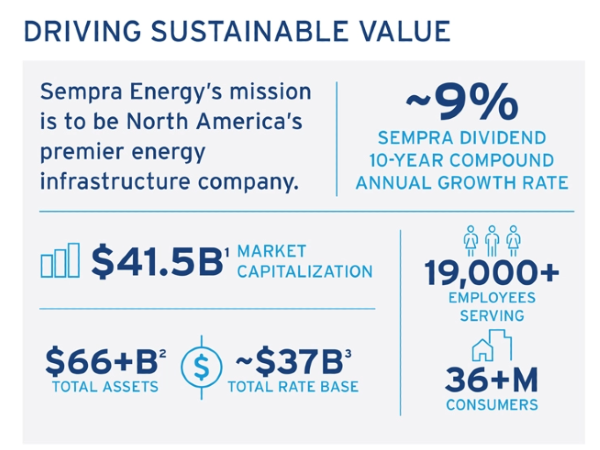
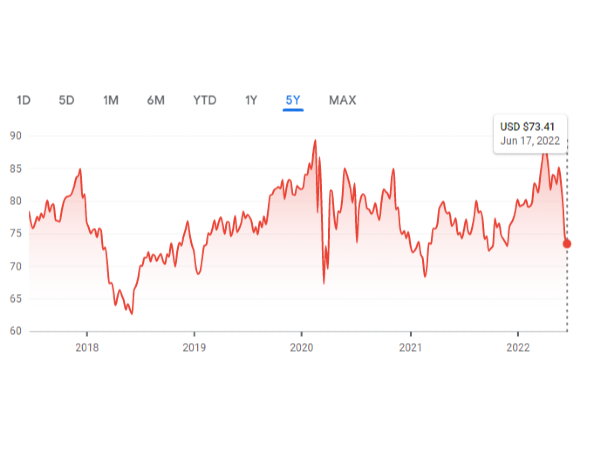


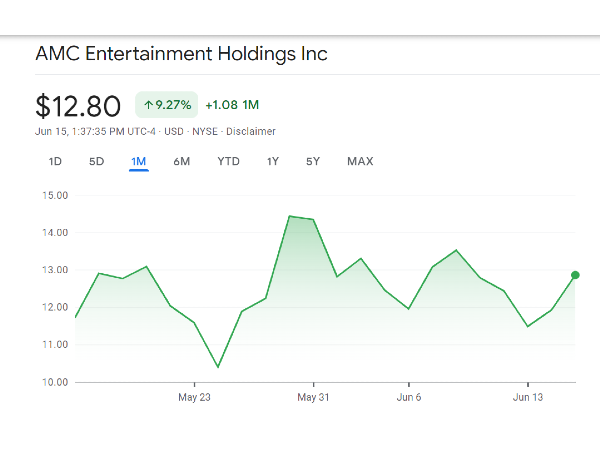

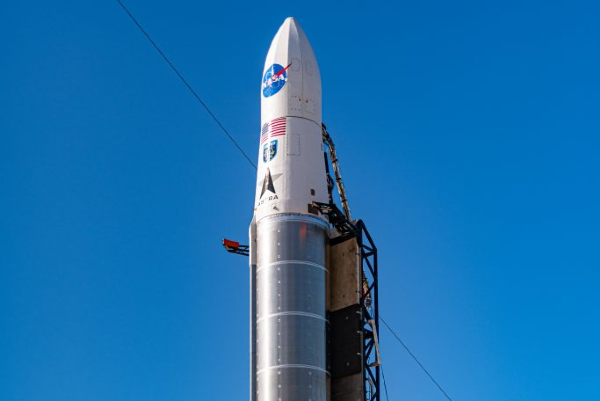








A query is often referred to as the "doorway to innovation," and innovation is an element that characterizes human evolution. As the world moves closer to being a truly global hub, certain concepts become obsolete, while others must be reinvented to remain relevant and progressive in the coming years.
What is AdTech?
Adtech is short for “Advertisement Technology.” It is a term used to describe a suite of tools, software, and technology employed by various advertising agencies and brands to manage their digital marketing campaigns, evaluate their effectiveness, and reach their target audiences and demographics. Programmatic advertising, Omnichannel marketing, Demand-side platforms (DSP), Supply-side platforms (SSP), Ad servers, Data management platforms, and Agency trading desks are components of the industry that constitute an ecosystem of content creators, publishers, brands, agencies, and audiences.
While this post will not go over each component individually, in general, programmatic advertising involves the purchase of specific demographics and behavioral patterns, Omnichannel marketing reaches audiences across multiple channels, data management platforms collect and manage data, DSPs are used by advertisers to buy ad impressions from ad exchanges for the lowest price, and SSPs are used by publishers to connect with multiple DSPs.
Adtech encompasses all these processes and technologies that are put in place to guarantee that the intended users are aware of the availability of a specific product or service. Marketing and advertising efforts have shifted to more digital methods rather than the traditional usage of television, radio stations, and newspapers. This move was accompanied by more sophisticated processes, increased data collecting, and an increased number of parties seeking to buy and offer Adtech services. Unlike traditional techniques, AdTech provides the opportunity to monitor marketing campaigns and use finances efficiently because they now know how much would provide the optimum reach to customers.
Key Issues Concerning AdTech
The global digital advertising and marketing sector is pretty huge, with an estimated $780 billion worth, of which about 35 percent is ascribed to the United States, and 90 percent of the total advertising efforts and costs are currently focused on Adtech. The COVID-19 pandemic, which was accompanied by widespread lockdowns across the globe, caused a boom in the sector's numbers. People started spending more time at home, on their devices, and online, which increased average screen time and improved overall advertising sales.
While this fast-growing industry has provided many benefits — broader target reach, AI personalized Ads, effective ad campaigns, and opportunities — mobile Adtech and video Adtech, the market that was intended to make marketing easier and save users time as well as money, have been experiencing many recurring challenges that have been a source of limitation.
Bots and Fraud
Bots account for approximately 40 percent of the industry's total revenue, and a growing number of ad refunds are being issued as a result of fraudulent entries and unperformed or underperforming advertising campaigns.
Brand Personality
Brands that use third-party ad agencies, such as social media accounts or websites, often have ads that don't reflect their interests or go against their audience's ethics or personality contained in their content. This typically leads to lower engagements and fewer followers who stick around because they come for one type of content and are greeted with another type of ad.
Centralization
The industry has been taken over by centralized bodies, the primary objectives of which are the collection of data and the generation of profits. These objectives will invariably take precedence over the requirement for a fair economy in which there is transparency and everyone who participates benefits.
Customer Utility
The market's total worth is ultimately generated from the pockets of users who have their privacy invaded for behavioral patterns, sit through undesired and irrelevant ads with their resources and data, and are not compensated for any of these contributions.
A Web3 Solution
In this new iteration of the internet, centralized bodies are being decentralized, transparency is being promoted, data is actually being owned by the people who use it and reward systems are being disseminated across a wide variety of sectors. Experts have been gaining insight into how web3 can improve the marketing landscape and how existing restrictions can be alleviated with emerging technology.
Publishers will be able to trade directly with advertisers without the need for intermediaries under a web3-powered Adtech, and brands will have access to real people from the intended demographic rather than bots or misclassified ad-focused groups. The focus of web3 will not be on large databases acquired mostly as a result of service providers infringing on user privacy, but on storing data individually on the blockchain, rendering insecure methods such as third-party cookies unnecessary.
These ideas are not mere projections into the future of web3 advertising, but rather maturing rhetoric that is already evident in several projects that are using blockchain solutions to benefit publishers, advertisers, target audiences, and all parties in between. Verasity is one such example since this project aims to tackle the bot problem by creating a new consensus mechanism, among many other use-cases.
What is Verasity?
Verasity is a decentralized video network that provides rewards for content creators, publishers, and viewers while maximizing advertising revenue and preventing fraud. The company is confident that blockchain will clean up Adtech through mechanisms such as "Proof-of-view (POV)," a Verasity-developed system that records and validates blockchain entries. This mechanism, paired with the use of artificial intelligence, is used to detect bots and fraudulent ad traffic that wastes billions of dollars in advertising by brands and advertisers. Proof-of-view (POV) is used by the company in their blockchain-powered ad stack, VeraViews, a protocol that records authentic content engagement and stores ad data on a public ledger that cannot be manipulated or altered. As a result of this, publishers will be able to increase and maximize their advertising revenue and exposure as well as create transparency, while mitigating against wasteful spending and ad-related fraudulent activities.
Furthermore, Verasity provides a framework for video publishers and producers to boost their audience's video engagement by compensating viewers for watching their content using the platform's incentive economy and native token, $VRA. This advantage places Verasity in the watch-to-earn sector and allows viewers to receive rewards for watching videos and contributing to the advertising industry. Since Verasity offers interoperability services via SDK integration, developers can integrate this reward system into their content or on video publication platforms, and viewers can earn while retaining their video platform preferences. Using $VRA as a medium of exchange, the platform enables the payment of video content creators, brands, and advertisers, and a reward system for viewers who watch and engage with video content and advertisements.
Users who want to come on board can store their $VRA tokens in the Vera Wallet and enjoy smoother platform transactions as well as supported crypto and non-crypto payment options that are available. Finally, users can stake a minimum of 10,000 $VRA tokens to earn more rewards on the Verasity platform.
Read Also: Gas Fees: Everything You Need To Know
The Future of Web3 AdTech
The future of Adtech under this ongoing integration is very promising, and while it is not without its own set of challenges, it holds the key to unlocking many facets of utility within the sector that were previously deemed to be unexplorable. Experts believe that in this new age of advertising, publishers will have to put in more effort to attract and sustain viewers' interest if they want the best outcomes.
Storing your cryptocurrencies in online wallets, exchanges and software wallets exposes you to risks of being hacked. Consider storing them in a hardware wallet today